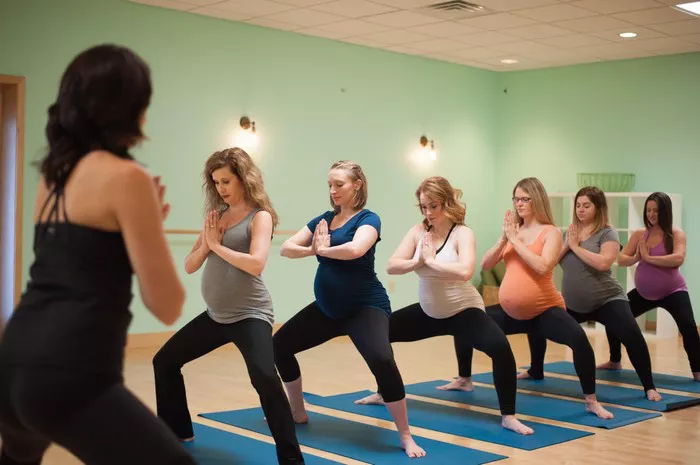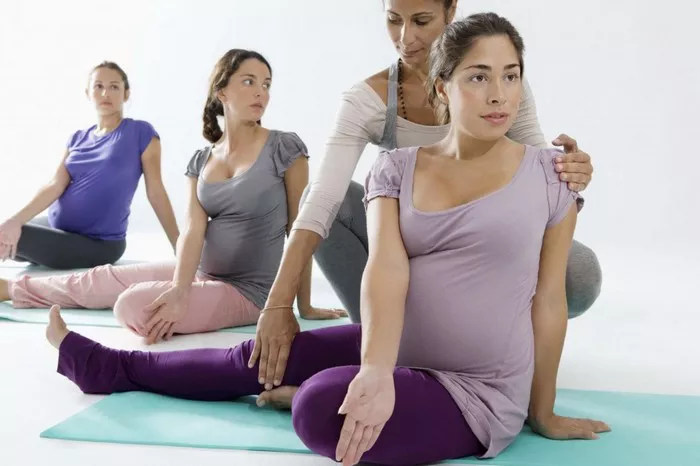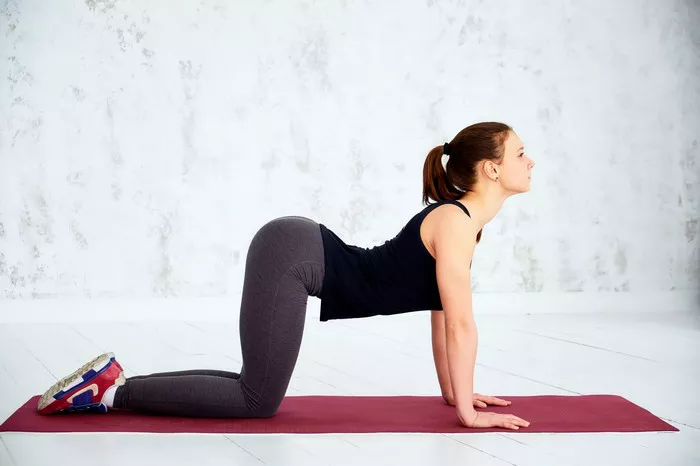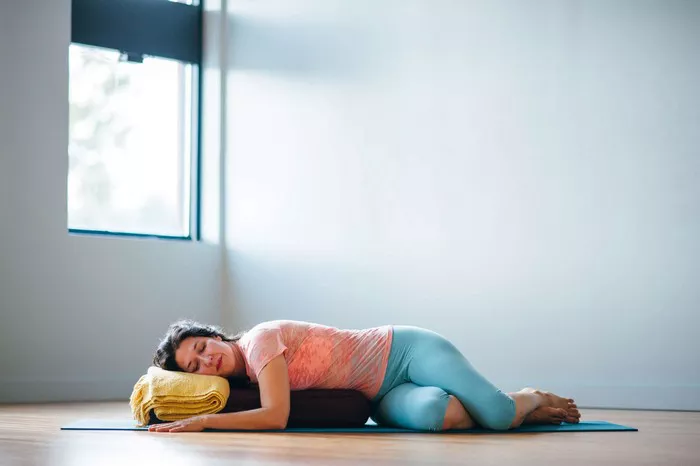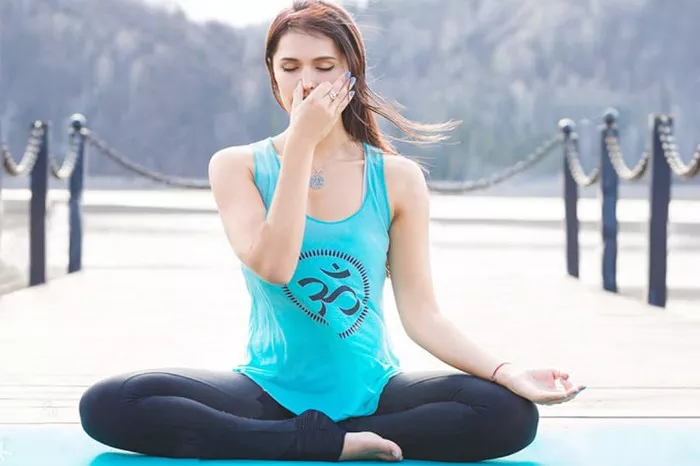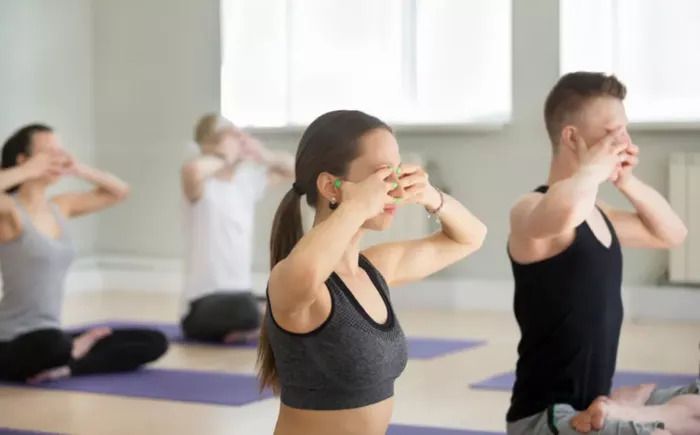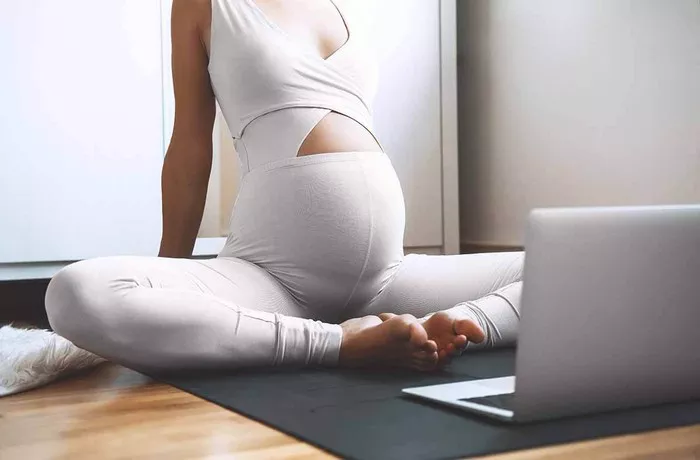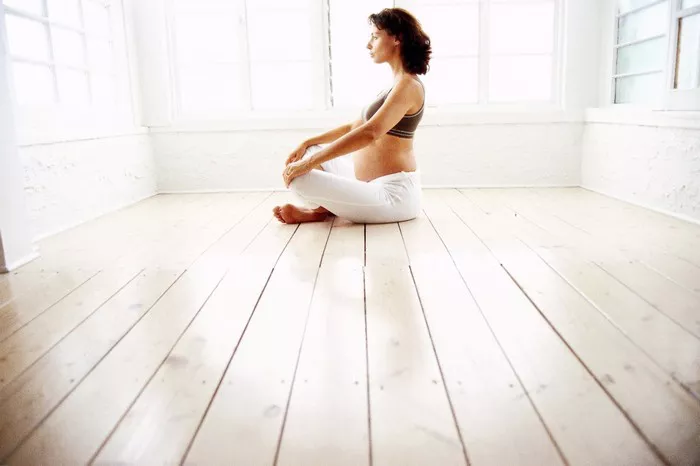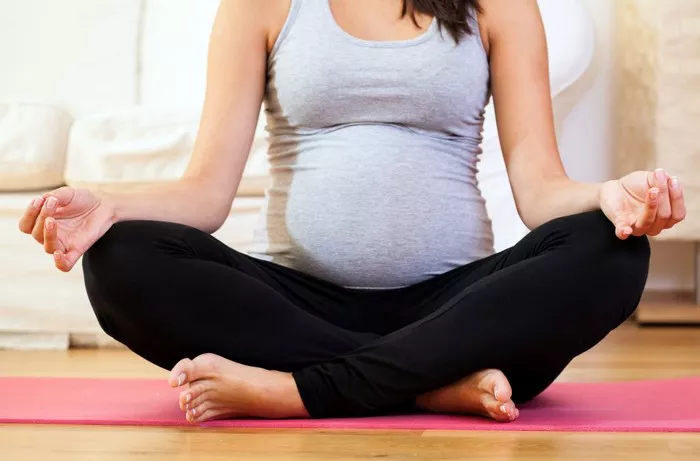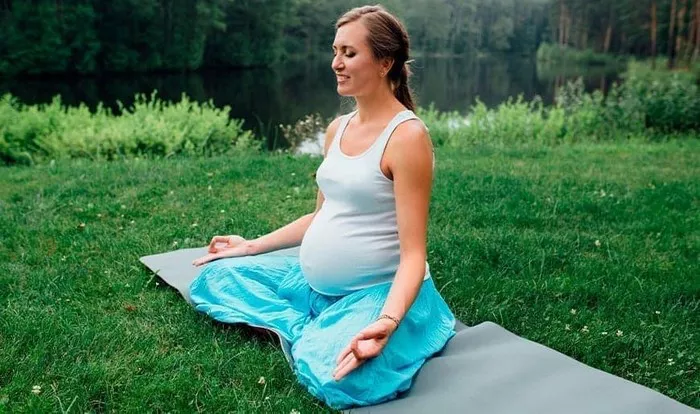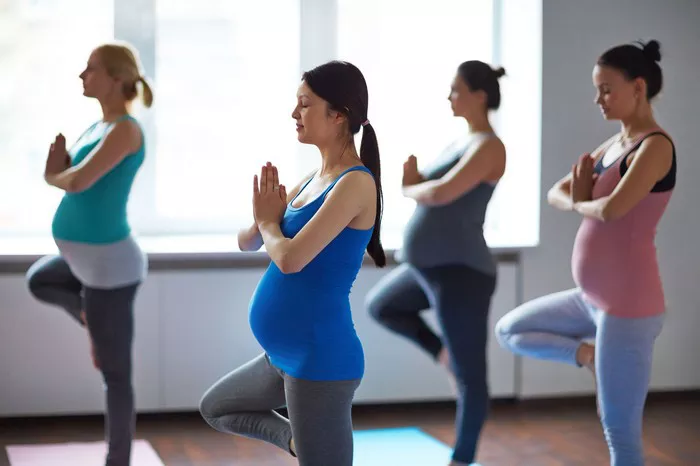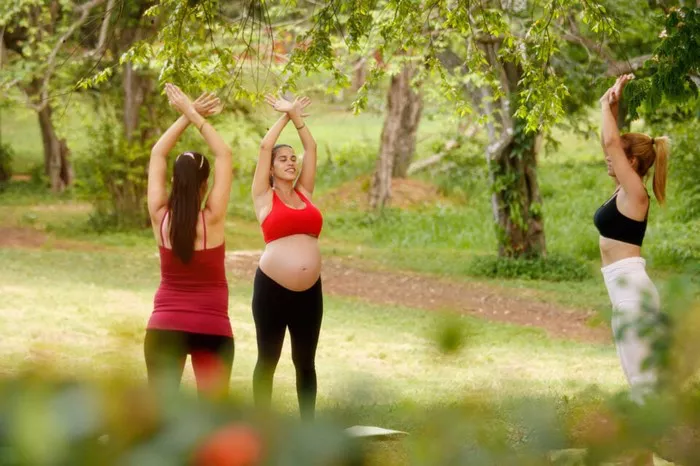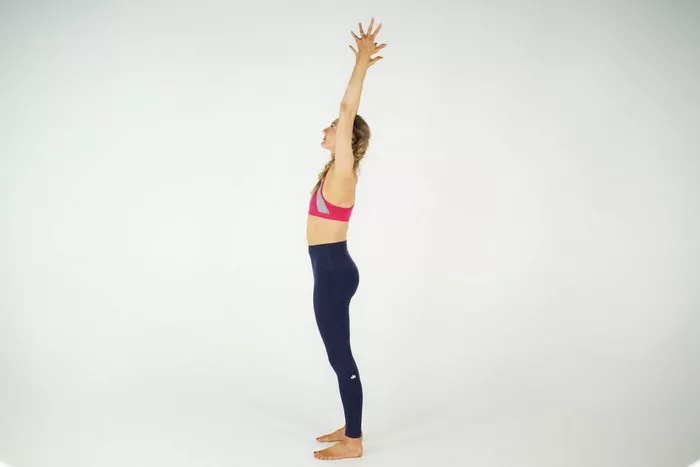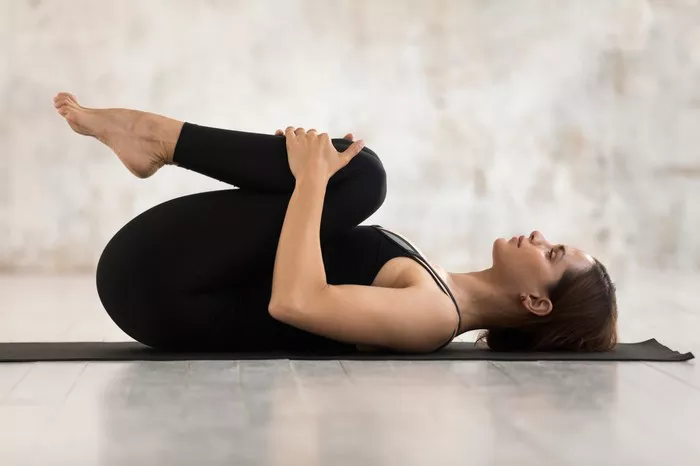Chakrasana, also known as the Wheel Pose, is an advanced backbend that stretches the entire front of the body while strengthening the back, arms, and legs. The posture resembles the shape of a wheel, with the body arching upwards, and is often included in yoga practices to enhance flexibility and strength. Chakrasana offers a range of benefits, including improved posture, increased spine flexibility, and a heightened sense of energy. However, like any physical exercise, it is not suitable for everyone. In this article, we will explore who should avoid Chakrasana, the potential risks, and modifications for those who wish to practice this asana safely.
Understanding Chakrasana (Wheel Pose)
Chakrasana is performed by lying on your back, bending your knees, placing your feet flat on the floor, and then lifting your hips while pressing the palms of your hands to the floor. The head remains on the floor as the body arches in an inverted “U” shape, resembling the wheel of a cart or a chakra. The pose requires strong flexibility in the spine, shoulders, and hips, as well as strength in the arms and legs. It is a powerful asana that opens up the chest, tones the body, and stretches the entire front of the torso.
The primary benefits of Chakrasana include:
Improved spinal flexibility: The deep backbend enhances the flexibility of the spine, helping to increase mobility and alleviate tension in the back.
Strengthening of muscles: The pose requires the engagement of several muscle groups, including the glutes, thighs, arms, and core.
Opens the chest and shoulders: Chakrasana stretches the chest and shoulders, which can improve posture and counteract the effects of slouching.
Energy boost: The inversion aspect of the pose is believed to increase energy levels by stimulating the nervous system.
While these benefits are significant, the intense nature of the asana also means that it comes with a certain level of risk for those who may not be physically prepared for it. Some individuals may find the pose difficult or even unsafe, depending on their health, fitness level, or physical limitations.
Who Should Avoid Chakrasana?
Although Chakrasana can be immensely beneficial for many, there are certain individuals who should avoid this posture due to the physical demands it places on the body. Let’s examine who should avoid Chakrasana and why.
1. People with Spinal Issues or Back Pain
Chakrasana places a significant amount of pressure on the spine, particularly in the lower back, due to the deep backbend. Individuals with existing spinal conditions, such as herniated discs, degenerative disc disease, sciatica, or spondylolisthesis, should avoid this pose unless cleared by a healthcare professional.
Herniated Discs: For people with herniated or bulging discs, the pressure created by the deep backbend can exacerbate the condition, causing increased pain or discomfort.
Degenerative Disc Disease: Those with degenerative disc disease might find that the arching movement further compresses the discs, leading to irritation or worsening of symptoms.
Spondylolisthesis: This condition involves a misalignment of the vertebrae. Performing a backbend could potentially increase the misalignment, causing discomfort or injury.
For people with back pain, it is essential to work with a qualified instructor or a physical therapist before attempting backbends like Chakrasana. They may recommend alternative poses that can help strengthen the back without causing harm.
2. Individuals with Shoulder Injuries or Weakness
Chakrasana places significant weight on the arms and shoulders as the hands press into the ground to lift the body. Individuals with shoulder injuries, including rotator cuff tears, impingements, or dislocations, should avoid attempting this pose.
Rotator Cuff Injuries: The shoulder joints are subjected to intense pressure in Chakrasana, which could aggravate rotator cuff injuries, making them worse.
Shoulder Impingement: This occurs when the tendons in the shoulder become pinched, leading to inflammation and pain. The wide shoulder positioning required in Chakrasana can further exacerbate this condition.
Weak Shoulders: Even without an existing injury, individuals with weak shoulders may find it difficult to support the weight of their body, potentially causing strain or injury.
If you are working with shoulder issues, modified poses such as bridge pose (Setu Bandhasana) may be a safer alternative to still experience some benefits of backbending without putting undue stress on the shoulders.
3. Pregnant Women
Pregnancy places unique demands on the body, particularly on the spine and abdominal muscles. The deep backbend of Chakrasana can put unnecessary strain on the lower back and abdomen during pregnancy, especially in the later stages.
Increased Pressure on the Abdomen: The posture can place additional pressure on the abdomen, which can be uncomfortable and potentially harmful during pregnancy.
Spinal Discomfort: Pregnancy often leads to changes in the alignment and flexibility of the spine, and attempting deep backbends can cause discomfort or strain on the lower back.
Balance and Stability: Pregnancy can affect balance and coordination, making challenging poses like Chakrasana difficult to perform safely.
Pregnant women are encouraged to avoid deep backbends and high-impact poses. If they wish to practice yoga during pregnancy, modified poses and gentler movements should be prioritized, under the guidance of an experienced prenatal yoga instructor.
4. People with Heart Conditions or High Blood Pressure
Chakrasana is an inversion pose, which means that it can increase the flow of blood to the head and put pressure on the heart. Individuals with heart conditions or high blood pressure should avoid this pose, as it can exacerbate their symptoms.
Heart Conditions: Inversion poses can increase the strain on the heart, which may be dangerous for individuals with heart conditions such as heart disease, arrhythmia, or recent heart surgery.
High Blood Pressure: The increased pressure during the deep backbend can raise blood pressure, which could potentially be harmful for those with hypertension.
Before practicing any inversion or backbend poses, people with heart conditions or high blood pressure should consult their doctor or a certified yoga therapist to ensure that it is safe for them to do so.
5. People with Neck Problems
The neck is an area that requires particular attention during backbends. In Chakrasana, the head remains on the floor, and the neck has to support the body’s weight in the arch. For those with neck issues, such as cervical spondylosis, herniated discs in the neck, or other cervical spine problems, performing Chakrasana could cause strain or worsen their condition.
Cervical Spondylosis: This degenerative condition of the neck can make backbends risky, as the neck may not be able to support the weight of the body without causing pain or discomfort.
Neck Strain: People who have chronic neck tension or stiffness may find it difficult to hold the pose without putting excessive strain on the neck muscles, leading to injury.
For individuals with neck issues, it is advisable to avoid poses that put direct pressure on the cervical spine and to practice gentler backbends, such as the Bridge Pose, that do not require as much neck extension.
6. Those New to Yoga or Inflexible Individuals
Chakrasana is an advanced asana that requires a significant level of flexibility in the spine, hips, and shoulders, as well as strength in the arms and legs. Beginners or individuals who lack flexibility may find it challenging to enter the pose or maintain it without risking injury.
Inflexibility: Those who are not yet flexible enough in their spine and hips may strain themselves attempting the pose. Over time, increased flexibility can help, but attempting the pose too early can lead to overstretching.
Lack of Strength: Strengthening the arms and legs is essential for safely lifting into and maintaining the wheel pose. Beginners may not have the necessary strength to support themselves in the pose and could strain their muscles.
For beginners or those with limited flexibility, it is best to build up strength and flexibility gradually with other yoga poses and to avoid attempting advanced poses like Chakrasana without proper preparation.
Modifications for Those Who Can Safely Practice Chakrasana
For individuals who are physically prepared to practice Chakrasana but wish to make it more accessible, there are several modifications that can help:
Use Props: Placing blocks under the hands or feet can help make the pose more accessible by providing additional support.
Bridge Pose: As a preparatory pose, Bridge Pose can help build strength in the back, legs, and arms while offering a more moderate backbend.
Hand Placement: For beginners, using a fist or an elevated surface for hand placement can help reduce strain on the wrists and shoulders.
Gradual Progression: Practice building flexibility and strength gradually, working with a certified instructor to ensure proper alignment and technique.
Conclusion
Chakrasana is an exhilarating and powerful pose with numerous benefits, but it is not suitable for everyone. Those with spinal issues, shoulder injuries, pregnancy, heart conditions, neck problems, or limited flexibility should avoid this pose, or modify it significantly to ensure safety. Always listen to your body, and if you have any doubts or health concerns, consult with a healthcare professional or experienced yoga instructor before attempting any advanced asanas.
Yoga is about mindfulness, balance, and honoring one’s body. While challenging postures like Chakrasana can be rewarding, it is essential to respect your body’s limits and seek alternative poses or modifications that support your individual health needs. Practicing yoga with awareness and care can help you reap the many physical and mental benefits without risking injury.
Related Topics:

